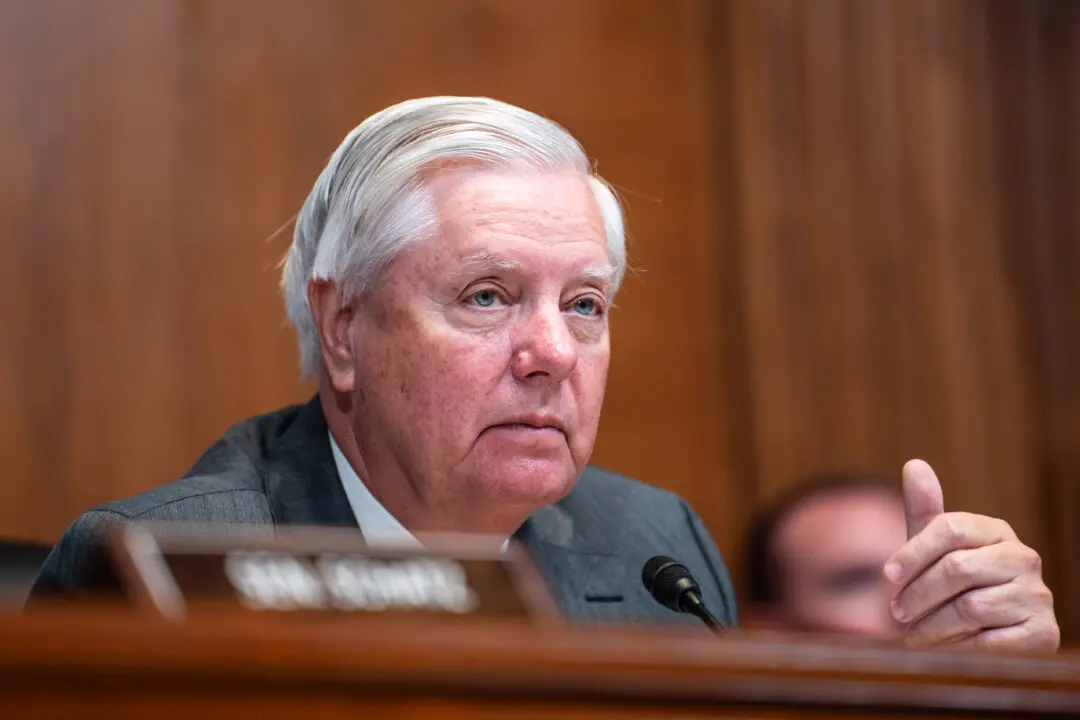In a Feb. 3 webinar with the conservative environmental group ConservAmerica, entrepreneur Russ George pitched the idea of using iron fertilization to spur plankton growth far from shore.
George said the procedure removed carbon from the atmosphere while restoring fish populations—an approach he made famous in 2012 through the experimental release of iron sulfate into the Pacific Ocean west of Alaska.




